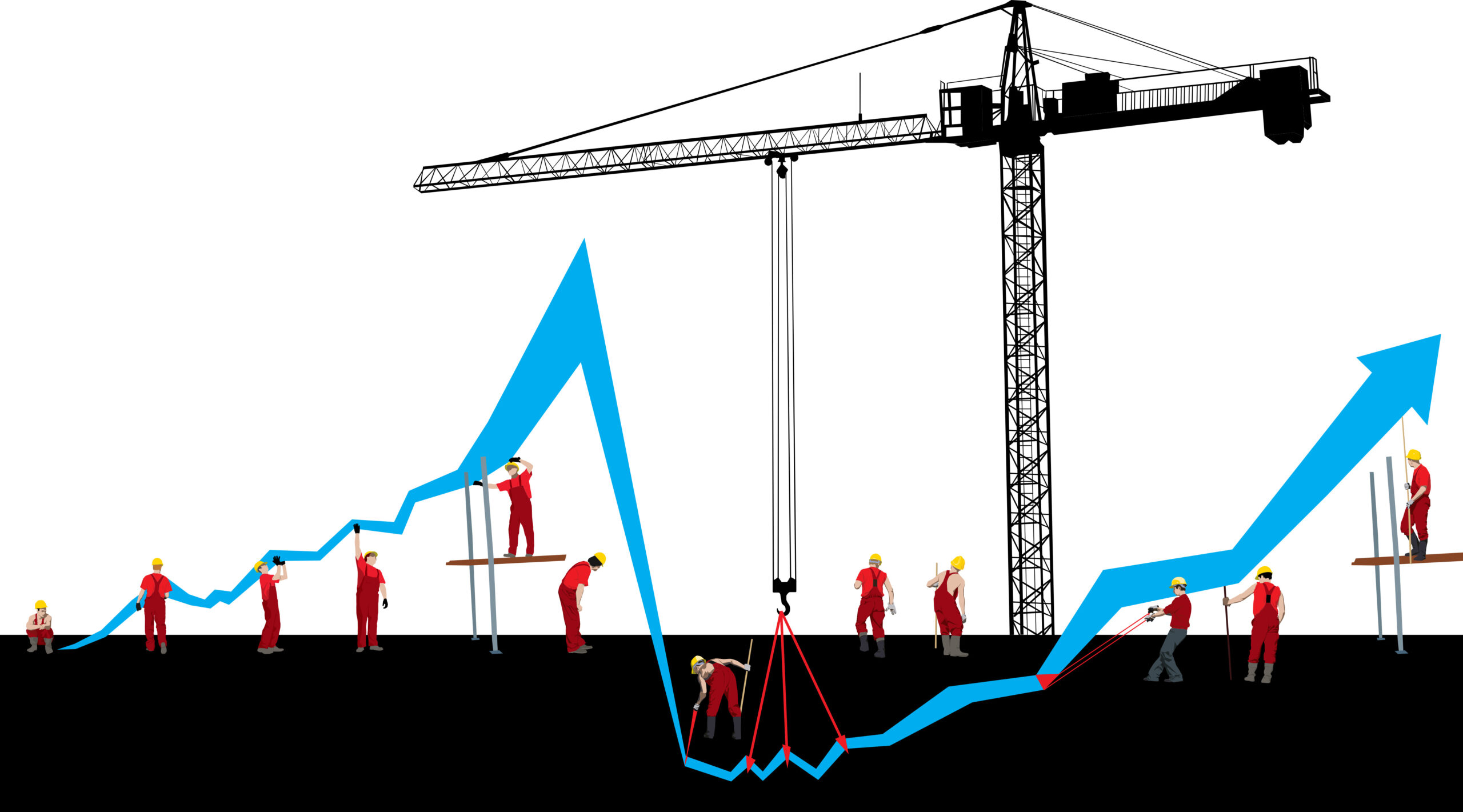Blog
Does technology hold the key to construction industry labor shortage?
Technology tools can help attract, retain, and engage a construction workforce
The construction industry is facing one of the most significant labor shortages it has ever experienced. The shortage involves workers in virtually every construction role — from field to office to the upper levels of management. The fact that about 41% of the US construction workforce is expected to retire by 2031 further exacerbates the problem. Project cost estimator is one of the roles that’s increasingly difficult to fill — even as demand for the position increases. The Bureau of Labor Statistics (BLS) predicts that jobs for cost estimators in the construction industry will grow by 11% through 2026. Does technology hold the key to the construction industry labor shortage?
1. Attract today’s workforce
Millennials currently make up 35% of the workforce, and that number is expected to rise to 75% by 2025. Up-and-coming Gen Zers (known as Zoomers) outnumber their millennial predecessors in the population and currently already make up 36% of the workforce. Combined, these individuals dominate the labor force in the U.S. Clearly, then, any employer’s efforts at recruiting new talent should focus on these groups, and technology can help.
These workers have spent most or all of their lives in the presence of fast, easy internet access; sophisticated digital tools; smart, portable devices; and constant connectivity. Construction firms that invest in technology tools are more likely to appeal to millennial and Zoomer candidates. From job site to office, 80% of Zoomers want to work with cutting-edge technology. When young professionals search for a job, they ask and consider what technology companies have adopted, which is why businesses need to constantly strive to meet and exceed the tech expectations of this growing talent pool. For construction firms to compete for this talent, it makes sense to invest in the technology tools that will attract them.
2. Improve productivity levels
Productivity rates in the construction industry are notoriously low and slow growing. One possible case of the industry’s low productivity rate is the fact that the U.S. construction industry has invested only 1.5% of net earnings, compared with an overall average across industry of 3.6%. But that may be changing.
To buck the low productivity trend, construction companies are increasingly turning to technology. In their 2020 Construction Outlook Survey, the AGC reported that 32% of construction firms are increasing their use of labor-saving tools and equipment. By streamlining workflows, facilitating effective real-time communication, and eliminating manual tasks, technology has the power to improve productivity levels at all levels of a construction company.
When productivity levels rise, fewer employees are needed to accomplish the same workload, helping to mitigate the labor shortage. For example, cost estimation and electronic takeoff software are improving the productivity of estimators, requiring fewer individuals to perform the same amount of work. Other technologies showing true promise in this area include 5D BIM and Artificial Intelligence.
3. Retain the pros
It can take years to train an estimator and get them familiar with the way your firm operates. With experienced estimators in short supply, the good ones are actively pursued and poached. In fact, according to the Bureau of Labor Statistics, the construction industry has one of the highest turnover rates of any industry. Technology can aid construction firms in retaining their most valuable employees by providing them with the modern tools that build job satisfaction and workplace pride.
Outdated tech can feel like an insult to an employee’s intelligence. It can test their patience and instills feelings that their role is not worth the time and expense of a tech upgrade—all feelings which push them to look for a more satisfying position that does.
And this turnover is going to cost you. Studies have found that it costs six to nine month’s salary on average to replace a salaried employee. For an estimator making $60,000 a year, that’s $30,000 to $45,000 in recruiting and training expenses.
Construction firms are embracing technology
Construction firms are becoming more strategic about technology as they try to remain competitive in today’s environment. According to the aforementioned Outlook survey, 48% of contractors indicate they currently have a formal technology plan that supports their business objectives while an additional 10% of contractors plan to create a formal IT plan in the coming year. The technology areas with the largest planned increased investment are project management software, document management software, fleet tracking/management software, and estimating/takeoff software.
While technology alone cannot solve the labor crisis, it can go a long way toward helping construction firms attract and retain a skilled workforce — and boost that workforce’s productivity rates.
eTakeoff Dimension is a complete electronic viewer and takeoff solution for estimators across all construction disciplines. We invite you to learn more — or see a demonstration — by contacting us at 888-825-2877.



